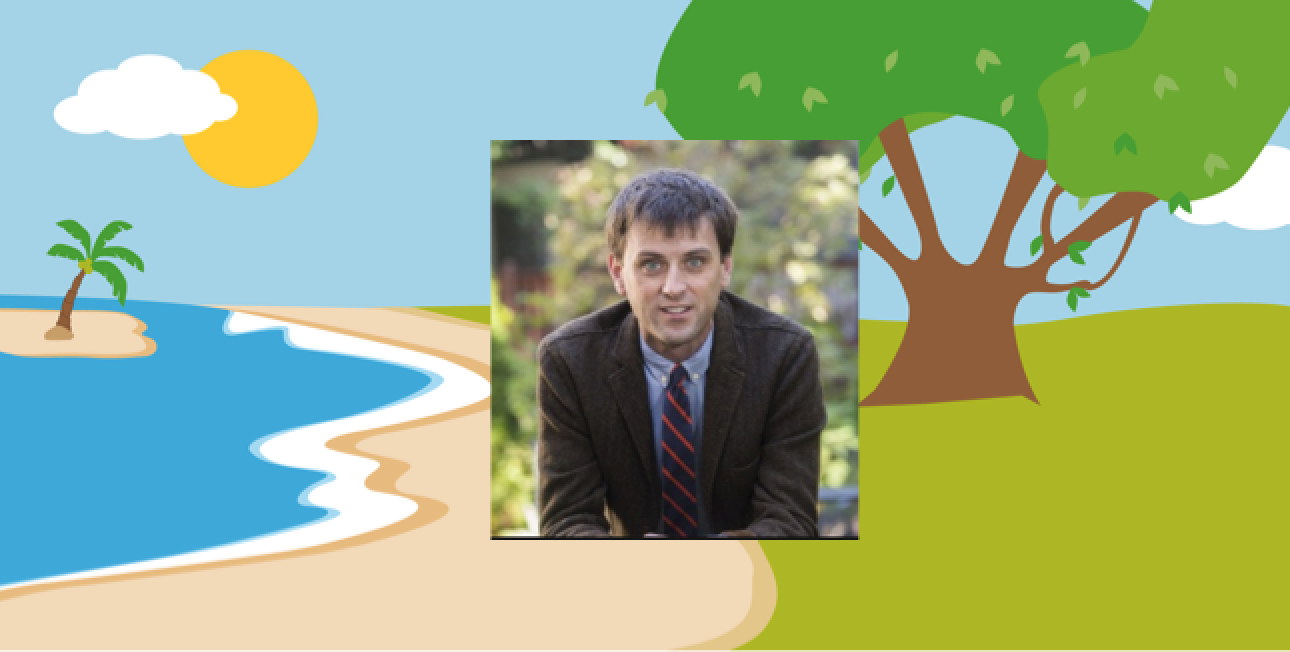Today I had the pleasure of speaking with one of our Advisory Board members, Dr. Christopher Willard, author of Child’s Mind, Growing Up Mindful and Raising Resilience, Harvard Professor, and on the Board of Directors of the Mindfulness in Education Network. Learn more about Dr. Willard at http://drchristopherwillard.com/
Please tell us a little about yourself, what drew you to mindful education, and the Mindfulness in Education and Institute for Meditation and Psychotherapy missions and why you wanted to become actively involved with them.
I discovered mindfulness in college when I was taking some time off, dealing with own mental health and stress issues. Basically, my parents dragged me on a mindfulness retreat, and I found it completely transformative – suddenly things started to make sense, I felt happier, calmer, like life had purpose, and I knew that I wanted to finish school and find a way to share mindfulness with more young people. In graduate school I wrote my dissertation about mindfulness with kids, and rather than let it collect dust on a shelf, I decided to publish it as a book -from there, I just got to know people in these organizations and have been thrilled to work with them!
You are a psychologist, a Harvard Professor, and an acclaimed author. Why do you think it is so important to teach kids mindfulness? Do you think that mindfulness is the key to changing this world and stopping the violence? What is the most important thing that kids need to learn early in order to grow up more mindful, happier, and peaceful?
I think mindfulness truly can change the world- make the next generation kinder, more compassionate, more connected around the positive, as well as happier and healthier in mind, body and spirit. In many ways I think we can teach kids mindfulness in such simple ways- I remember even before I heard the word mindfulness, I look back and think about experiences that were mindful. Watching clouds in the sky changing and disappearing with my dad. Going to the woods and walking as quietly as possible, which in retrospect was mindful walking. Then sitting and listening to the sounds of the forest. These were really precious memories that were basically mindfulness.
How do you suggest we scale up and get more programs like this, which focus on health and wellness, into every school in the country as fast as possible? How do we get kids to want to put down their phones and learn this stuff?
We only think its strange because we haven’t been emphasizing it- it used to be strange to think we needed PE class, now its normal. Soon our culture will come to see it as important as gym class. In a sense though, its a shame we have to carve time out for either exercise or mindfulness, but that’s the modern world- we used to get physical exercise with our labor as hunter gatherers, now we go to the gym. We used to get mindfulness by gazing at the clouds, stars, or the embers of a fire, now we need to make time for it. If we can get it the old fashioned way though, that’s so much the better!
Your book Growing Up Mindful was great, and I can’t wait to read Raising Resilience. If you had to pick one lesson for kids, parents, and educators to learn from each of those books, what would it be?
Its not that hard to practice! And old fashioned kid stuff is probably still the best for them.
If you had to pick one mindfulness exercise for kids to learn in elementary school, middle school, and high school, to help positively shape their future behavior and health, what would it be?
My favorite practice is the hot chocolate breath. Hold your hands up like you have a cup of hot chocolate- breathe in through your nose like you are smelling, blow out through your mouth like you are cooling it off. What’s better than chocolate?
What advice do you have for teachers, administrators, healthcare practitioners, kids, and especially parents as it relates to teaching mindfulness to the kids and helping them to grow up mindful?
The best way to create more mindful kids is to surround them with more mindful adults! The best way to create stressed out miserable kids is to surround them with stressed out miserable adults. The key is your practice and modeling!
You are on the Wuf Shanti Board of Advisors, and I thank you for that, your guidance and support are amazing. What is it about Wuf Shanti’s Yoga, meditation, mindfulness curriculum for schools and hospitals that drew you to our character?
Kids need more fun- in school, in exercise and in mindfulness! Its what I love about Wuf Shanti!
You’ve met some pretty cool people that I hope to meet one day including Jack Kornfield, Mitch Abblett, Deepak Chopra, Dan Siegel, Rep. Time Ryan, Amy Saltzman, and so many more. Who would you like to be able to meet and have dinner with that you have not already met?
Wow, too many to name, I’ll have to reflect on that a while!
Thank you Dr. Christopher Willard for speaking with me today, for being a pioneer in the mindful education space, for supporting Wuf Shanti from the very beginning, and for all of your hard work and contributions towards making the world a better place for today’s kids. Everyone, please go buy his books and pay close attention to what he says because the future of the next generation could depend on it!
For more information about Wuf Shanti: https://wufshanti.com/2018/05/about-wuf-shanti/

